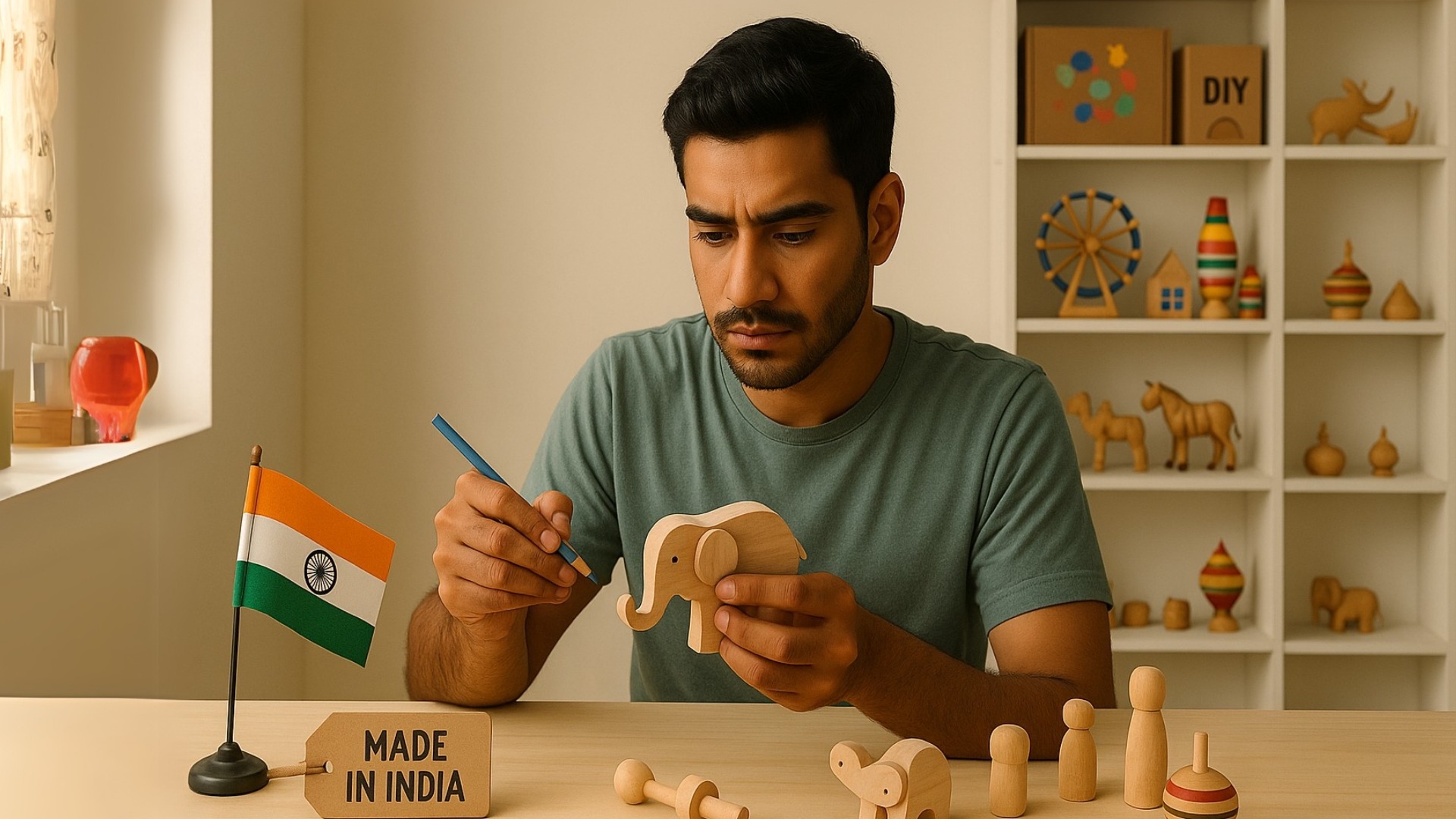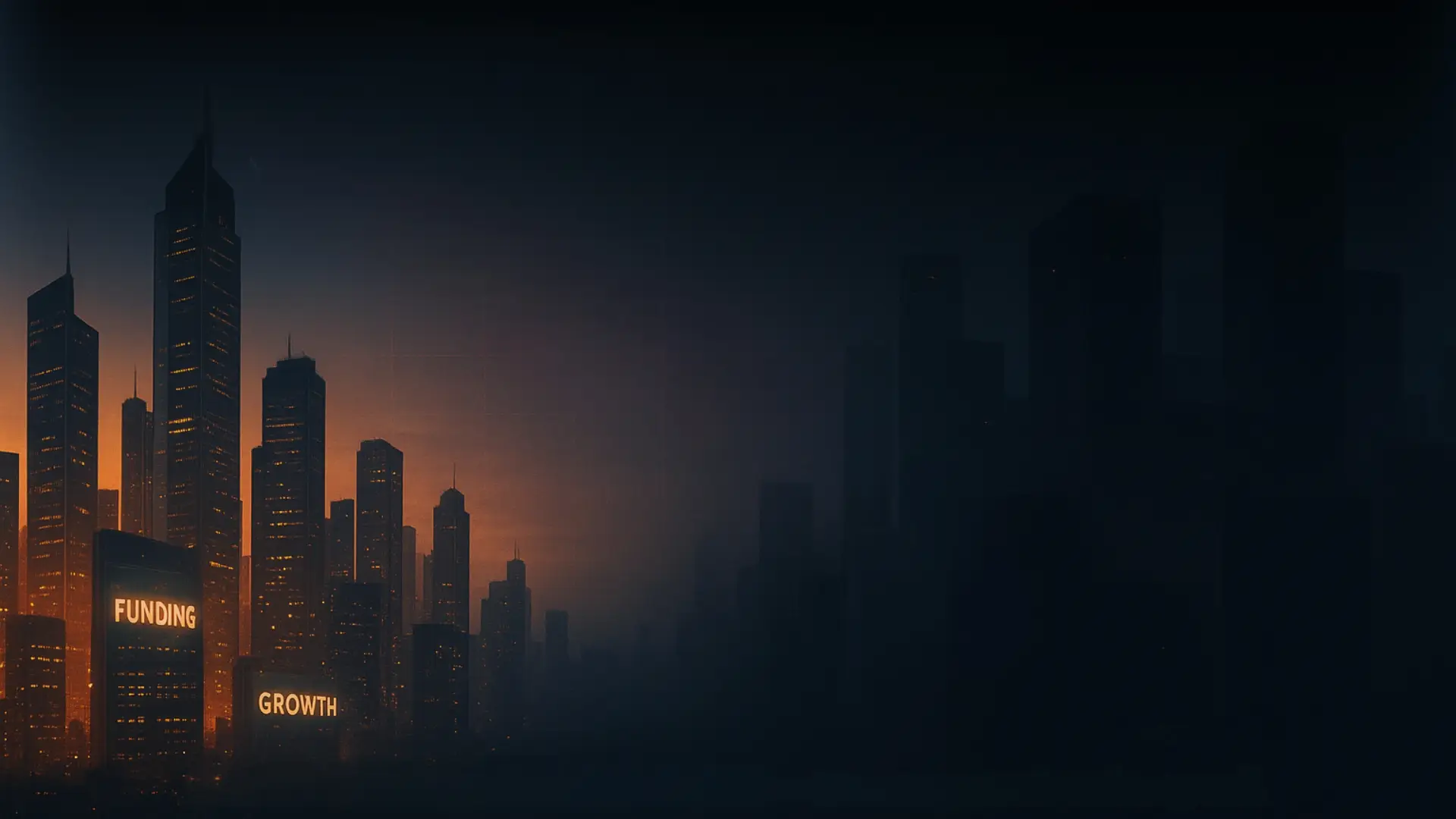If you ask someone who is interested in startups, business, or investments, they say electric vehicles, AI, IoT, space, fintech, and other tech-related segments are the future. There are some people who might say defence, aerospace, and agriculture, but deep down, if we dive deeper and come out of this noise. There are even bigger markets that are mostly unorganized. In the last decade, it is something that hasn’t gotten that attention despite being one of India’s success stories. One such market and one of India’s biggest transformation stories in the last decade is the toy industry. But you might have this question: why are we delving into the toy industry?
To set the context, the Indian toy industry has seen a 52% decline in imports but, surprisingly, a 239% rise in exports in FY 2022-23 when compared to FY 2014-15. In 2014, or a decade back, India was importing most of its toys, but today we are not depending on the imports. Imports of toys have fallen from the highs of $327.5 million in 2013 to almost $137.9 million in 2022. On the other side, if we look at the other side, we can see the growth of toy exports, which have risen from $88.6 million in 2014 to $347 million in 2022. So, this seems like we have grown considerably, right?
Here is the interesting point: though our exports have risen a lot, we still contribute to a minor share of global exports of toys as of 2022. So, before understanding how India’s turned around the show, let’s understand why earlier we depended upon China. For over two decades, China has dominated the global toy market, including India. But why? China has some structural advantages, and that has benefited it a lot. China has massive toy production hubs, such as Guangdong, which controls over 30% market share and operates at a scale that is unmatched globally. These clusters have enabled low per-unit costs and high efficiency, making Chinese toys extremely affordable and widely exported. China has the biggest advantage because it can easily get access to plastics, electronics, and batteries along with the supply chain and labor ecosystem. When they can get all raw materials for cheaper and have a good supply chain, it makes China manufacture toys at a cheaper rate. But when a country is able to manufacture the toys, we need to think of one crucial point, which is quality.
China has manufactured toys and sold the products in India and other countries, but the quality has never been questioned before. To control the cheap and substandard toys, the Directorate General of Foreign Trade released a notification in 2019 that mandated sample testing from each consignment and no permission for sale unless it was successful. If the consignment failed in the test, there are two options: it has to be sent back, or the importer has to destroy it at his own cost.
Additionally, the Indian government issued the Toys (Quality Control) Order, 2020 on 25th February 2020, making it mandatory for all toys sold in India to be BIS-certified (Bureau of Indian Standards) starting from 1st January 2021. This rule applies equally to both Indian and foreign manufacturers, ensuring that only safe and high-quality toys are allowed in the Indian market. So, now it has become a first major step to curb the low-quality imports, but this isn’t the complete story.
The actual strategy the Indian government played is here: Earlier the import taxes on Chinese toys used to be 20% before 2020, but in February 2020, the Indian government increased the basic customs duty from 20% to 60%. Later again in July 2021, it further increased, and the basic customs duty has reached 70%. This is a big barrier for Chinese toys. Why? It reduces the demand in the Indian market. When the domestic toy is available at a cheaper price compared to imported toys, people tend to shift to local or domestically made toys. Thus, the demand has increased for the toys that were manufactured domestically.
But these two are not enough to curb the imports. The government has also supported setting up toy clusters. To focus on the toy industry, the Indian government has mentioned, even during the 2025 budget, that they will encourage the development of innovative and eco-friendly toys. They will help in the development of cluster skills and manufacturing ecosystems. Even the Ministry of MSME is supporting the toy industry by giving its backing to almost 19 toy clusters under the scheme of Funds for the Registration of Traditional Industries. Additionally, the Ministry of Textiles is also providing designing and tooling support for 13 toy clusters.
This is how India has turned its direction from being the importer to the exporter. From importing almost 92% from China in 2013, we have reduced the imports, and the imports that we make today are from the Netherlands, Sri Lanka, the UAE, and the USA. When it comes to exports, we are growing at a decent rate. According to the reports available, India has the potential to reach a $3 billion market by 2028.
There are some startups working in this segment already, such as Skillmatics, which is exporting to almost 15 countries and produces STEM + learning games. Smartivity produces DIY construction kits, Shumee is focused on wooden Montessori toys, and Desi Toys is focused on traditional Indian toys. Though there are some startups working, it still has huge investments and potential because today our exports are less than single digits of the world’s toy manufacturing contribution. Indian startups should focus on such underserved segments, and we can become a global hub. It is an open opportunity that’s waiting.








